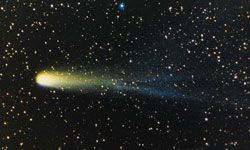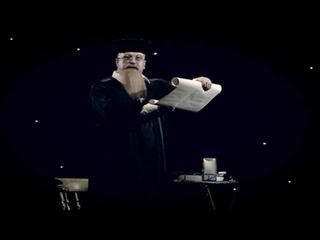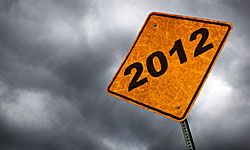Key Takeaways
- The widely publicized 2012 Maya calendar, the Y2K bug and more ancient and modern prophecies predicted the world's end but ultimately did not come to pass.
- These predictions range from religious or mythical interpretations to astronomical events to technological concerns.
- Despite the failure of these predictions to materialize, the fascination with doomsday prophecies persists.
It seems like every few years, someone comes out with a new doomsday prophecy. The latest apocalyptic craze places Earth's final day on Dec. 21, 2012 -- the end of the Great Cycle in the Mayan calendar. But whether the supposed agent of doom is aliens, asteroids, floods or earthquakes, the outcome is always the same -- the Earth manages to endure. Such predictions are nothing new. In the first century A.D., early Christians believed Jesus would return to Earth, bringing an end to life as they knew it, as described in Mark 13:24-26: "But in those days, after that tribulation, the sun shall be darkened, and the moon shall not give her light, and the stars of heaven shall fall, and the powers that are in heaven shall be shaken. And they shall see the Son of man coming in the clouds with great power and glory."
Since then, there has been no shortage of apocalyptic forecasts. But why? Why do people continue to predict the end of the world, and why do others insist on believing them? Perhaps some zealots feel the need to justify their preconceived worldviews through revelations about the latest celestial event or natural disaster. And maybe those who trust such doomsayers are simply hopeful for an escape from a world that seems cruel or chaotic. Whatever the case, you're sure to enjoy our list of 10 doomsday prophecies.
Advertisement






